At the White House, Toasts Call For Russian River Valley Wine
It’s sparkling and comes from Sonoma.
On November 19, 1985, the Geneva Summit brought President Ronald Reagan and the Soviet General Secretary Mikhail Gorbachev together for the first time. The leaders had gathered in Geneva to ease tensions, draft a roadmap for peace and future diplomacy, and, as Reagan suggested, to consider an alliance in case of an invasion by space aliens.
They had also gathered to eat. On the eve of November 20, a petite soufflé of lobster, suprême of chicken Périgourdine, and an endive salad with mousse de fromage and avocado preceded pear sorbet, petit fours, and coffee. Waiters walked the Summit dining room pouring a 1983 Silverado Chardonnay, a Stag’s Leap Cabernet Sauvignon of 1974, and, notably, a 1982 Iron Horse Blanc de Blanc to pair with each course. Ever since, every administration has poured Iron Horse at diplomatic events, making it an unofficial wine of American diplomacy.
Sonoma’s Iron Horse Vineyards, which had only produced its first vintage of sparkling wine in 1980, owes this diplomatic connection to David Berkley, CEO of David Berkley Fine Wines & Specialty Foods in Sacramento, California. Berkley knew the Reagans from their time as Governor and First Lady of California, and after Reagan became the President in 1981, Berkley “became the unpaid wine advisor” to the White House, says Joy Sterling, owner and CEO of Iron Horse Vineyards.

Reagan trusted Berkley’s taste, but it must have been a challenge to pick a wine that would also speak to Soviet strongmen. “[T]he first requirement was to make sure the wine selected was complementary to the dish, but also something that might be meaningful for the event or guest of honor,” Berkley told The Sacramento Bee in September 2016 about his years selecting wines for the White House and presidential summits like Geneva.
His selected wines for this summit evoked strength and horse-themed adventure: jumping stags, metal mustangs, and the Wild West. (The cowboy, shoot-‘em-up film Silverado had premiered earlier that year.) Berkley could not be reached for this story, but David Munksgard, the current winemaker at Iron Horse, thinks that the choice of 1982 Iron Horse Blanc de Blanc for the Geneva Summit was an apt one. Berkley, he explains, “chose a wine that he felt a Russian palate would like.”
Iron Horse’s Blanc de Blanc was, like the majority of their wines, a sparkling wine. Champagne had been a Russian favorite ever since the Napoleonic Wars. Veuve Clicquot herself had cleverly enticed invading Russian soldiers to get drunk on her champagne. “Today they drink; tomorrow they will pay,” she supposedly said.

As she predicted, when those same soldiers returned home to Russia, so did a demand for French bubbles. “The tsars and tsarinas grew up on that style [of wine],” says Munksgard. Even after the Russian Revolution, when champagne imports were stopped, Stalin demanded the development of a state-produced sparkling wine (that was much sweeter than Veuve).
A photograph from the Geneva Summit dinner has Gorbachev, with a short and stubby flute in hand, toasting Regan from across the table. “Thematically, [our wine] fit with the summit meeting,” Sterling explains. Iron Horse Vineyards sits on the Russian River, a waterway named for the 19th-century Russian fur trappers working in California’s Sonoma County.
Getting the wine from Sonoma to Geneva, though, was quite an undertaking. After the vintage was cabinet-approved, the American government requested that Iron Horse ship the cases to an Air Force base in unmarked boxes.
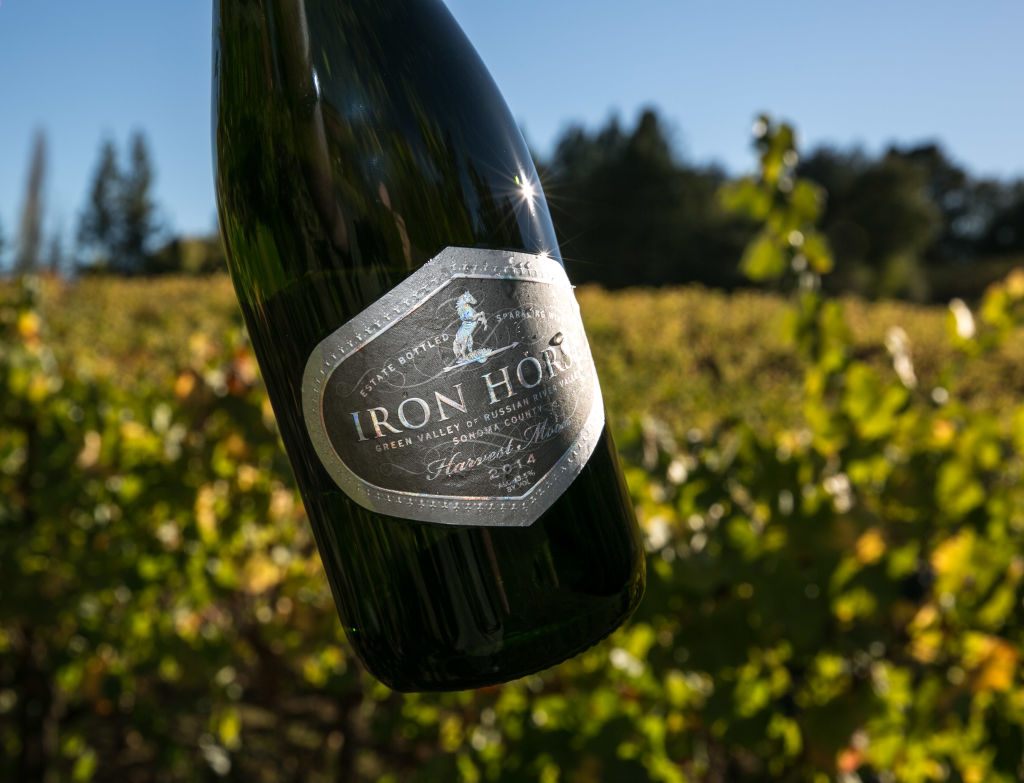
Breaking bread and sharing drinks with others has great political and diplomatic value. According to Ambassador Rufus Gifford, President Biden’s Chief of Protocol, the choice for world leaders to dine together is a gesture of goodwill. “That human connection is made more rich over a meal, where we share our food, wine, and culture,” he says.
The Geneva Summit meal seemingly succeeded in establishing a connection between Reagan and Gorbachev. The meeting —and perhaps the generous pours of wine—went a long way towards thawing relations between the two nations. Thereafter, Iron Horse filled a specific niche on White House menus. Its vintages would reappear, over and over again, as examples of fine American-made sparkling wine.
Two years after the Geneva Summit, on December 8, 1987, Reagan hosted a dinner for Mr. and Mrs. Gorbachev at the White House. Dishes were paired with a 1984 chardonnay from Jordan Vineyards, a Stag’s Leap cabernet, and a 1984 Iron Horse Brut Summit Cuvée, named for the event.
Some bottles of the wine were even embossed with two gold eagles: the United States’ version with arrows and an olive branch in talons, and the double-headed Russian eagle. The Summit Cuvée later developed into Iron Horse’s Russian River Cuvée. Made with a blend of chardonnay and pinot noir grapes, it is still served, at times, at White House state dinners as a toasting wine.
Inside the Iron Horse winery, a framed letter hangs on the wall. “A TRADITION STANDS!” wrote Gary J. Walters, Chief Usher at the White House to Sterling in 1994. Boris Yeltsin, the President of the newly established Russian Federation, had joined the Clintons at the White House for dinner on September 27, 1994. Already, “a tradition has been established. Since the beginning of the closing of the Cold War, an Iron Horse wine has been served at each summit between the United States and Russia, formerly the USSR,” he wrote. “The [Demi sec] was very well received by the President and Mrs. Clinton and their guests, especially our Russian guests who like the “sweeter” taste.”
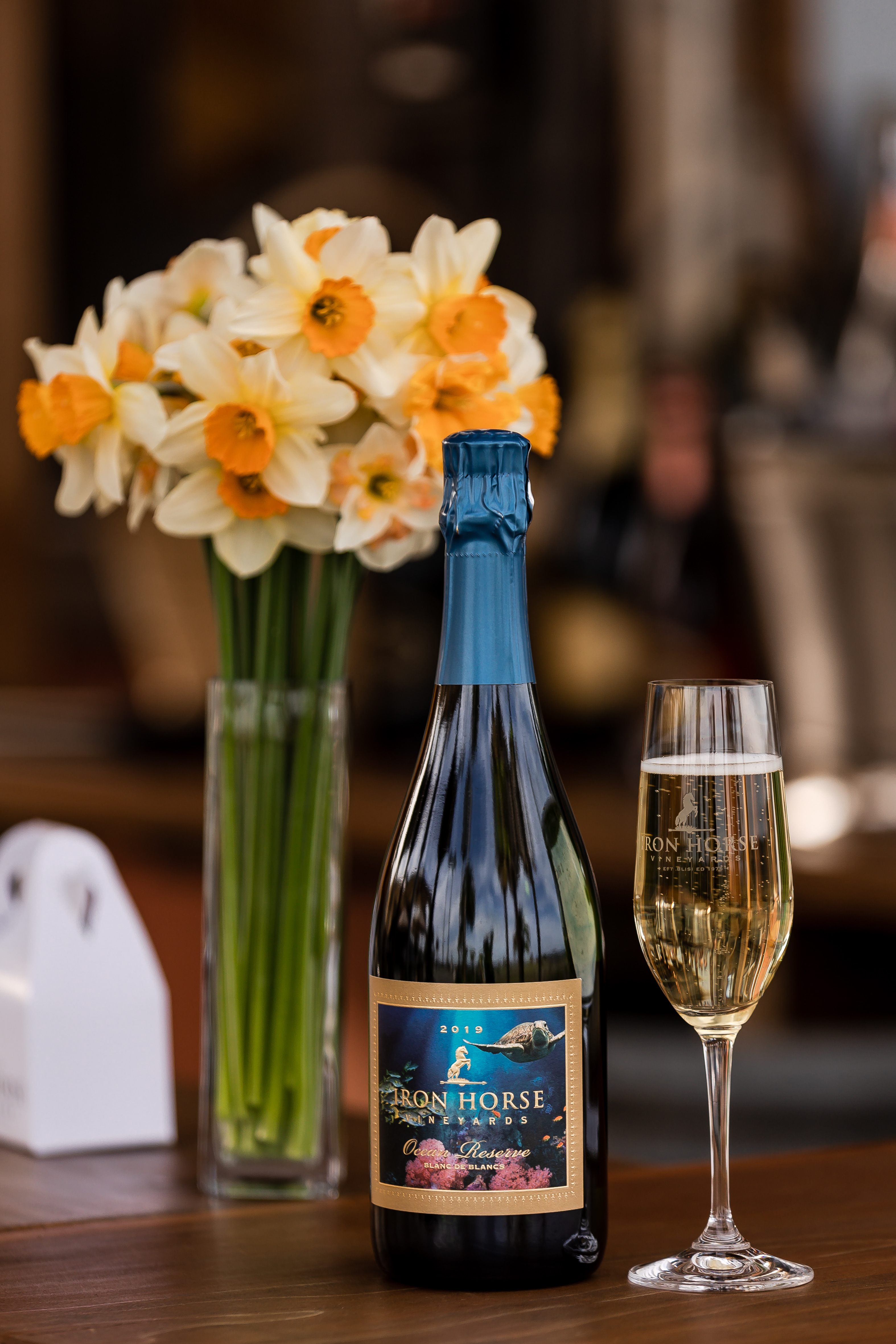
Iron Horse was also trotted out for other occasions. As First Lady, Hillary Clinton wanted a wine for toasting the new millennium at the Presidential New Year’s Eve party in 1999. The White House sent Daniel Shanks, the Director of Food and Beverage for the Clinton White House, to Iron Horse to find a celebratory sparkling wine. Hours of tasting yielded the Millennium Cuvée, and the White House commissioned 100 cases.
Pairing good wine with good food wasn’t the only variable to consider in his role, Shanks explained in July 2021 during a virtual interview for Wine Speed. For instance, the first wine of the night—a white—was always pre-poured at these dinners to allow guests privacy and to limit the number of staff in the dining room. Shanks often needed wines that would maintain temperature and handle schedule changes, especially since President Clinton, he explained, was late to everything.
Like a trusted steed, Iron Horse continues its work for the White House. In May, Iron Horse was served at the Blair House, the President’s official guest residence for heads of state, when Climate Envoy John Kerry toasted the Washington D.C. Diplomatic Corps. The wine in his glass was the Iron Hose 2019 Ocean Reserve, where some of the proceeds from each bottle go to organizations dedicated to ocean preservation.
Gastro Obscura covers the world’s most wondrous food and drink.
Sign up for our email, delivered twice a week.




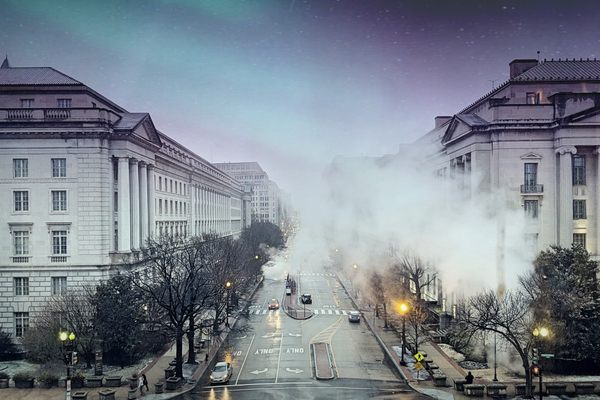
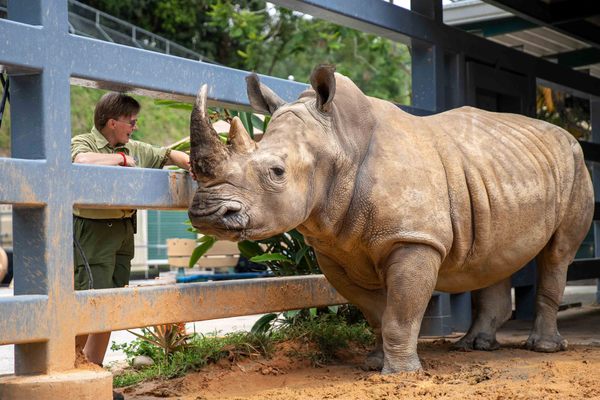


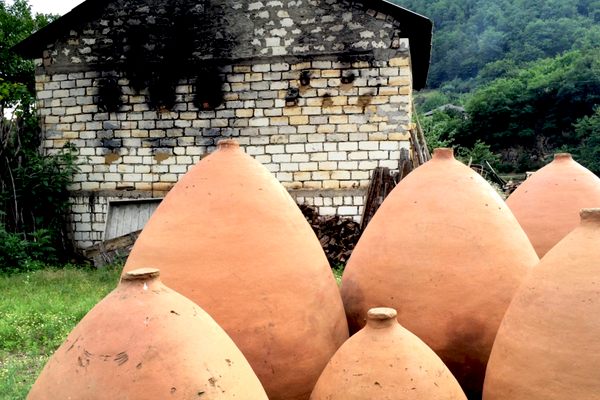











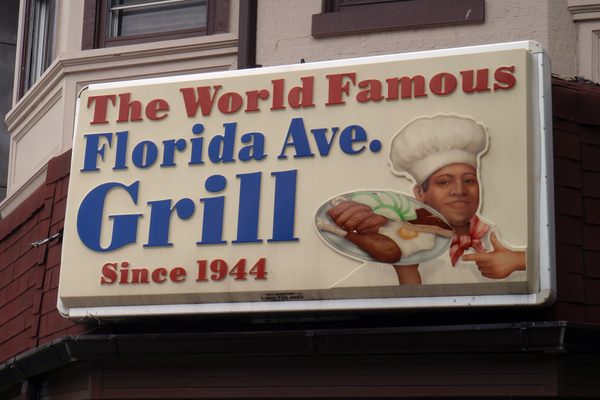
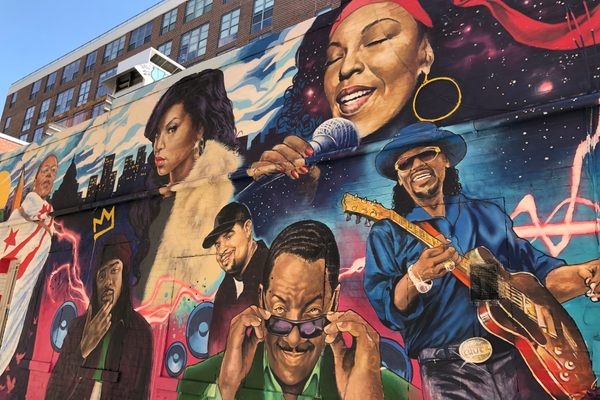

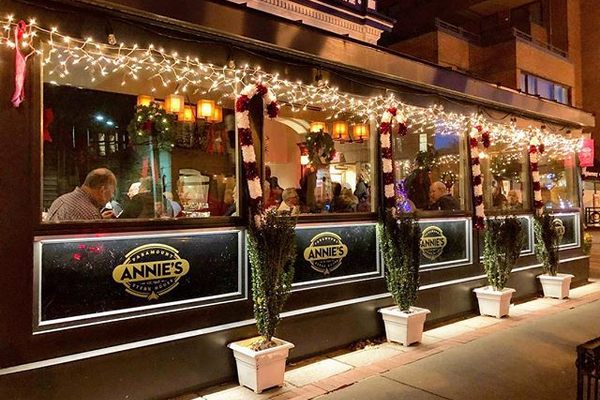


Follow us on Twitter to get the latest on the world's hidden wonders.
Like us on Facebook to get the latest on the world's hidden wonders.
Follow us on Twitter Like us on Facebook